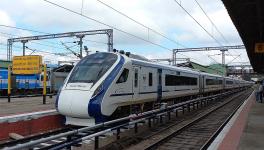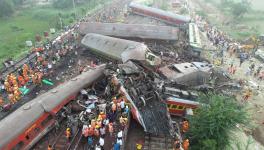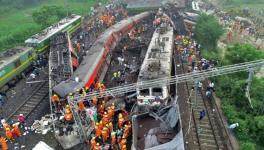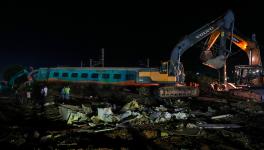As 2018 Nears End, Mowing Down Dussehra Crowd in Amritsar Haunts Indian Railways
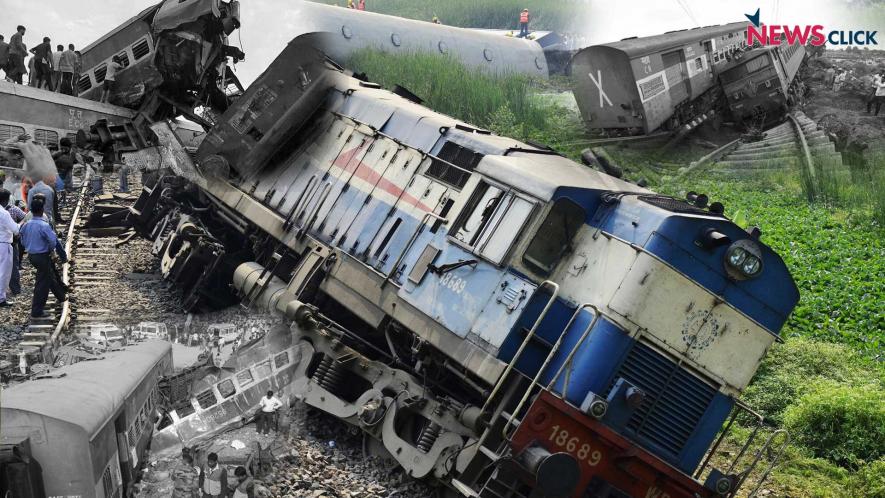
Representational Image.
New Delhi: As the year 2018 comes to an end, the spine-chilling incident involving a speeding train mowing down a festive crowd of spectators on the tracks on Dussehra at Amritsar still haunts the memory, exposing the wide gaps in the Railways' accident-prevention measures.
The public transporter witnessed a total of 44 consequential train accidents during the year till November-end, out of which 35 are serious derailments, which is not at all a happy situation for its customers.
Besides safety concern, 2018 has thrown open an altogether new challenge for the Railways as there are indications that passengers are opting out of long-distance trains though rail travel is still considered affordable compared with other modes of transportation.
According to Indian Railways’ data, most passengers are opting for trains for comparatively short-distance travel.
Though more passengers had booked tickets during April-November 2018 than the corresponding last year, the earnings are still lower than the target, which means the rush is more for short distance travel.
The cash-starved public behemoth is staring at a dismal financial scenario, as its earnings are falling behind expenditures with a shortfall on passenger and freight incomes against the budget target.
Indian Railways has earned Rs 1,14,595.43 crore against the target of Rs 1,22,436.64 crore at the end of November this year, a shortfall of Rs 7,841.21 crore.
In freight, it earned Rs 75,038.13 crore against the budget projection of Rs 77,966.07 crore, a gap of Rs 2,927.94 crore.
In the passenger segment, the Railways earned Rs 33,900.14 crore against the target of Rs 34,582.89 crore, a deficiency of Rs 682.75 crore.
Incidentally, more passengers travelled exceeding the target of 5555.95 million, against 5,647.75 million ticket bookings till November end.
The data suggests that many passengers are opting out of long-distance and travelling only short distance. As a result, while number of passengers may be more, the revenue still lower.
This means, Indian Railways is facing a tough challenge from other modes of transportation, including airline on long-distance travel segment.
Currently, the loss in passenger business is hovering around Rs 30,000 crore.
The Railways’ ordinary working expenditure is Rs 102,968.81 crore, against the target of Rs 98,440.98 crore.
Higher expenditure than income has resulted in the operating ratio (OR) crossing the 112 mark in November end, which means the Railways is spending over Rs 112 to earn Rs 100.
If the higher OR trend is not curbed with more income, then the fiscal discipline of Railways will go for a toss.
Moving at a snail's pace since its inception, the ambitious Dedicated Freight Corridor (DFC) project has finally carried out its first trial on a limited section in August between the 192-kmlong Ateli and Phulera section in the Western Corridor followed by another trial on 194 km section between Bhadan and Khurja in the Eastern Corridor in November.
However, both the trials were carried out by diesel locomotives, though both the Eastern and Western DFCs are expected to be fully electrified.
Apart from the year's worst tragedy on October 19 in Amritsar claiming at least 61 lives and injuring 74, the Rae Bareli derailment case on October 10, was also a gruesome one. Seven people were killed and nine others seriously injured as eight coaches and the engine of the New Farakka Express derailed near Rae Bareli in Uttar Pradesh.
At least 13 schoolchildren lost their lives and eight others sustained injuries when a speeding passenger train crashed into a van at an unmanned railway crossing in Uttar Pradesh’s Kushinagar district in April 26.
The van, carrying 20 students of Divine Mission School, Kushinagar, was badly crushed and many children died on the spot.
Incidentally, the Railways has claimed to have eliminated all unmanned level crossing on broad gauge barring 28 across the country. Besides, it has set a target of 5,509 km of rail renewal this year to prevent derailments.
The year 2018 will also be etched in rail history as the year when the Railways rolled out Train-18, the Rs 100 crore semi-high speed train, the most expensive train so far to run up to maximum speed of 160 kmph.
However, it is a different matter that the new train will be able to run at 130 kmph speed only as the existing track lacks fencing, an essential requirement for speeding up beyond 130 kmph.
Though the Railways plan to strengthen and fencing the track on major trunk routes to facilitate 160 kmph speed, the decision is yet to be implemented.
Nevertheless, the Railways maintain that Train-18, equipped with world class facilities, will increase the level of comfort of passengers to a new high.
Get the latest reports & analysis with people's perspective on Protests, movements & deep analytical videos, discussions of the current affairs in your Telegram app. Subscribe to NewsClick's Telegram channel & get Real-Time updates on stories, as they get published on our website.











